Have you been thinking of running guided maths rotations in your classroom? Are you not really sure where to start? You’re not alone! The thought of organising guided maths planning and running maths rotations in your classroom can get a little overwhelming. But, never fear! You’ve come to the right place.
This blog outlines some printable resources, as well as hints and tips that are sure to get you on the right track and ready to take on Guided Maths groups.
What is Guided Maths?
Guided maths is a fantastic classroom routine that allows for a more differentiated approach to classroom maths instruction. After a whole class mini teacher instructed lesson, students break into groups (ability or mixed ability) to complete a variety of different activities. These rotational activities include a guided maths session with the teacher.
What’s more, guided maths sessions allow the teacher the opportunity to monitor and assess how students are progressing along the maths continuum. This, in turn, helps the planning of further maths teacher instruction.

Shutterstock.com / Rawpixel.com
Read our blog 68 Ideas and Tips for Setting Up Maths Rotations in the Classroom for more information about how to manage maths rotations in your classroom.
Guided Maths Groups in the Classroom
Firstly, you need to decide how your guided maths rotations will look in your classroom. What will each of the groups be working on while you are with students at the Guided Maths station?
To start with, check out our MATHS group rotation posters. Each of the letters in the word MATHS has been used to identify purposeful and relevant activities that students will do at each station.
- M is for Meet with the Teacher – this is your Guided Maths activity
- A is for At Your Seat – this is more of an independent activity.
- T is for Technology – this is for iPads or Computer work focusing on a maths topic.
- H is for Hands-On Activities – this is for hands-on games and activities.
- S is for Speed Maths – this is usually for quick and fast maths mentals work.
A handy tip is to pick a maths topic for the week. Once you’ve done this, make sure you focus each activity at each station on that specific maths topic. If you are looking for more guidance on how to better plan your maths topics for the term – check out Paul’s blog, Maths Planning in the Classroom | An Easy to Follow Planning Strategy.
Hot tip:
The Speed Maths station is a great way to help students consolidate their maths mental skills.
You may like to check out our Maths Mentals widget to help with the content for this station. You can even create a booklet that students will get out each time they arrive at this station for the week. Get clever and create booklets that have 10 different tasks – that way you have a whole term planned ready to go! Voila!
Guided Maths Planning
Our brand new Guided Maths folder is a fantastic teaching resource that will certainly get you well and truly on your way with your guided maths planning! This collection of templates and task cards have been thoughtfully planned and created by one of our experienced teachers and super amazing designers.
This resource download includes all of the practical requirements, plus all of the prettiness to boot.
A cover page, spine labels, coloured tabs and divider tabs are all included in the download.
Planning and Monitoring Student Progress
The Guided Maths folder contains templates that help with the planning and monitoring of your students’ progress. Here’s a list of some of the student tracking goodness:
- National Numeracy Learning Progression – Whole Class Trackers
- National Numeracy Learning Progression – Student Tracker
- Guided Maths Organiser Template
- Guided Maths Group Notes Template
- Lesson Plan and Term Overview Template
Guided Maths Assessment
But wait, there’s more! We have these fantastic Numeracy Learning Progression task cards to go with the fantastic whole class and individual trackers. These cards line up with each of the sub-elements from the National Numeracy Learning Progression points.
Use these 32 activity cards with individual students to assess their progress. Alternatively, adapt the tasks for small groups of students who are all achieving a similar level. Each flashcard includes an engaging, hands-on activity to assess student knowledge. As well as this, each card tells the teacher what you to ask and the required response from the student. Without a doubt, it’s everything you need all in one little flashcard.
Remember, these resources may take a little bit to print and organise! But, once they are ready to go, you’ll feel better prepared to take on the beast that is Guided Maths rotations in the classroom.


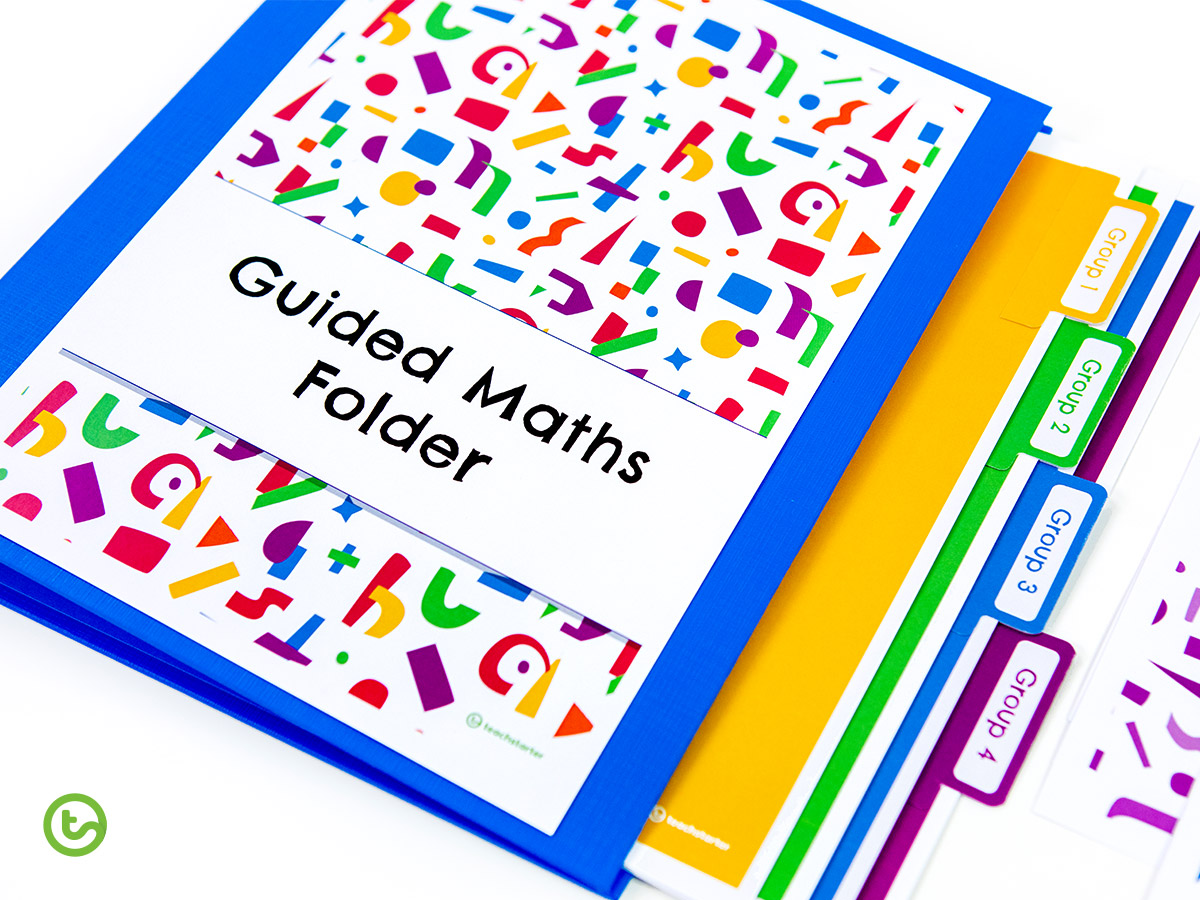
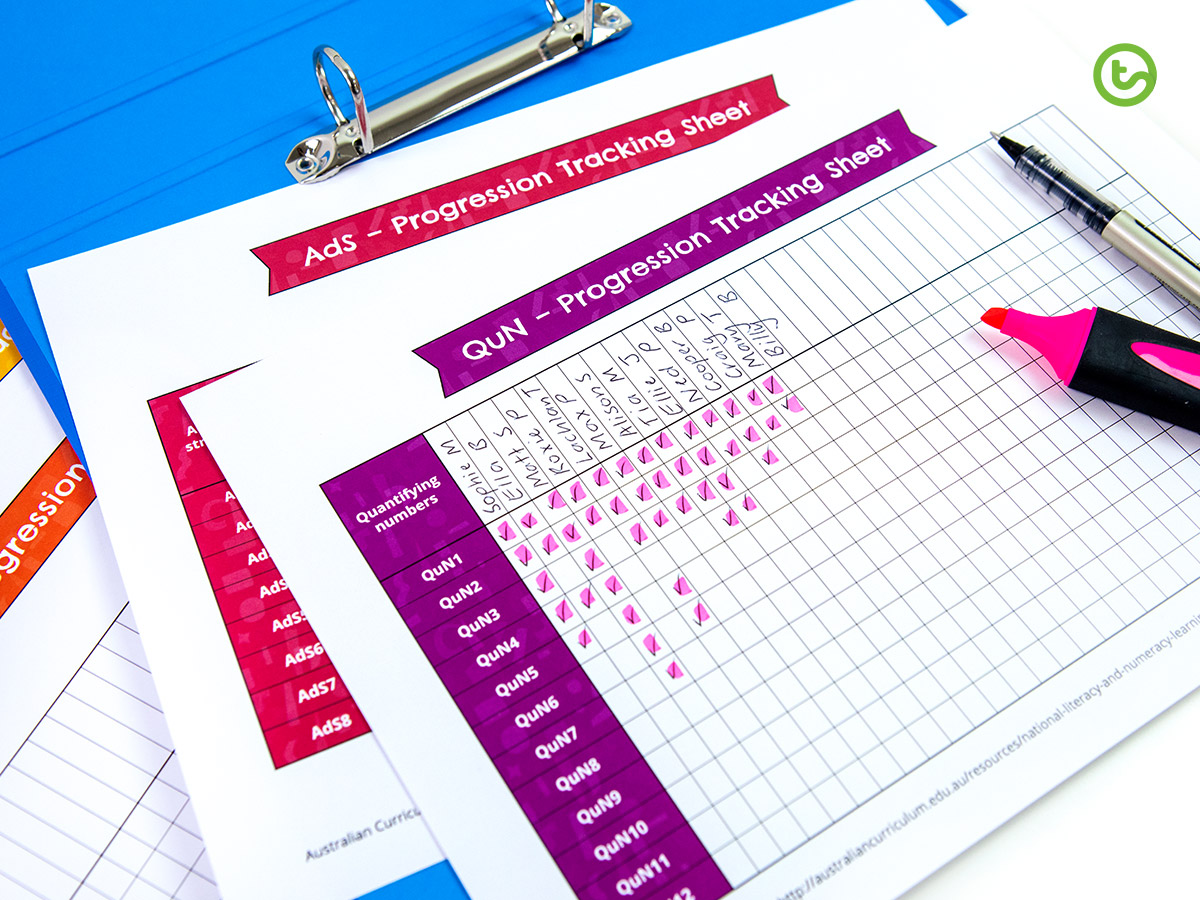
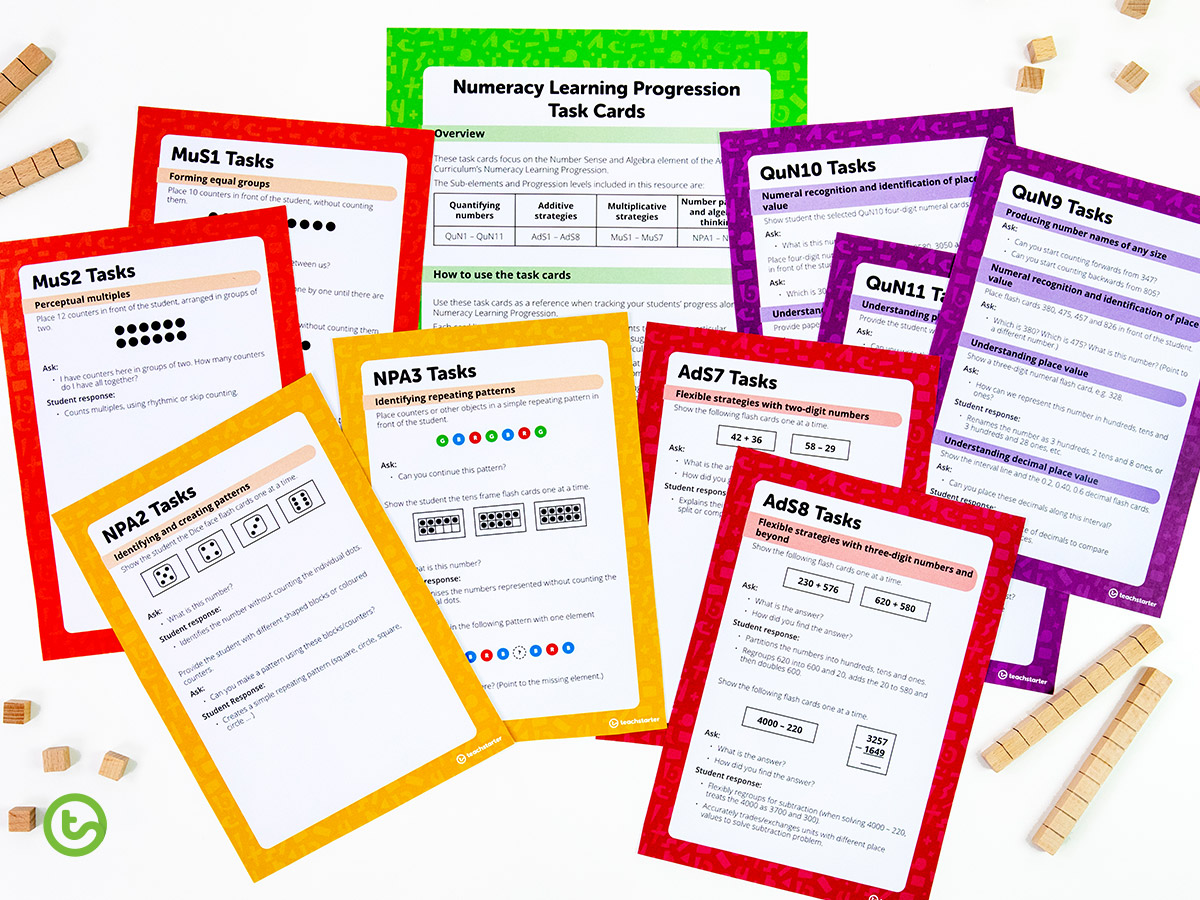
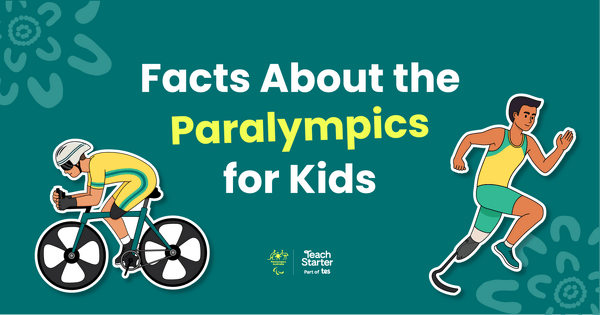


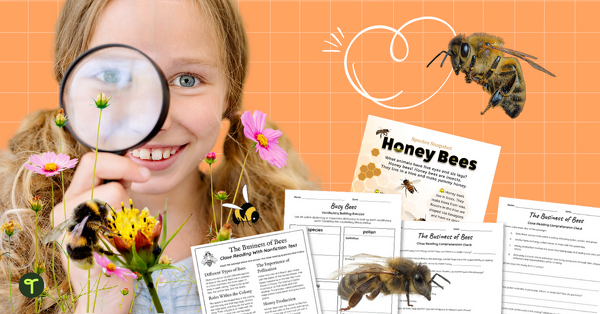
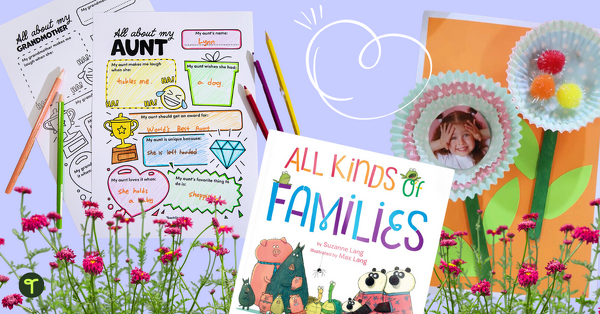
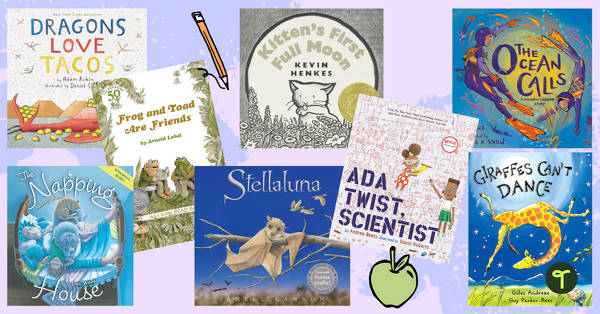
Hi -This is a great resource. For the "A is for At Your Seat" can you give me some suggestions of the independent activities you set? Assuming these activities related to the concept of the week?
Hi Ashleigh, I recommend heading to the link featured in the blog - https://www.teachstarter.com/au/blog/68-ideas-tips-setting-maths-rotations-classroom/ It contains lots of ideas that you could incorporate into your independent/'at your seat' activities. Feel free to get in touch at support@teachstarter.com if we can be of any further assistance!
Hi! Thanks for an amazing resource!! Just wondering how long each group spends at each activity station?
No worries Danielle! It depends on the age of the students, but I would say for an early years classroom do two sessions of maths rotations and spend 20 mins at each station. Hope this helps!